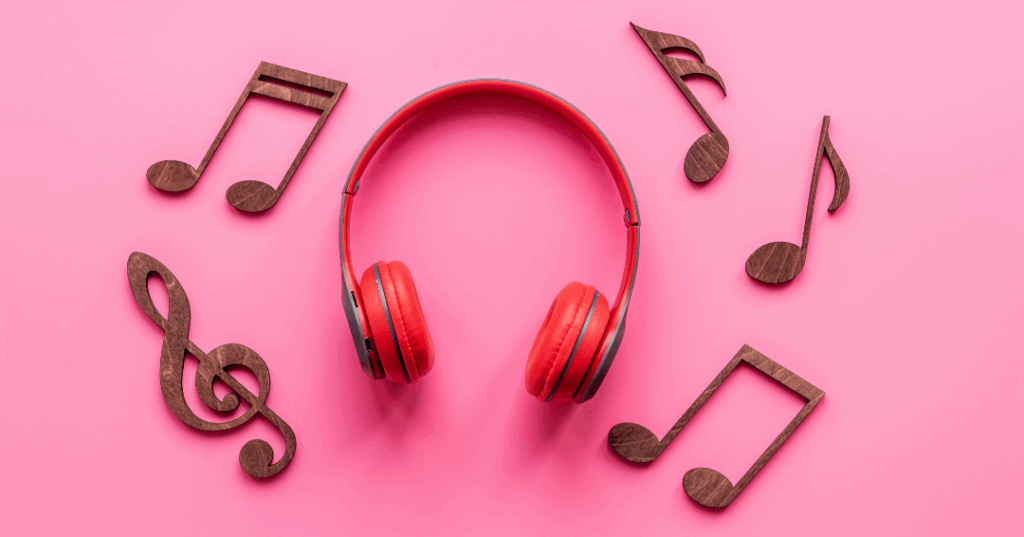Every year on 1st March, we celebrate World Music Therapy Day, உலக இசை சிகிச்சை நாள், Hari Terapi Muzik Sedunia, and/or 世界音乐治疗日 to honor music therapists worldwide and highlight how music can make life better and more fulfilling.
I would like to take this opportunity to thank the Caregiving Welfare Association for allowing me to share about music therapy and how music can promote health and well-being.
The Association for Music Therapy (Singapore) defines music therapy as the “scientific use of music interventions within a therapeutic relationship towards observable or measurable functional, educational, rehabilitative or well-being outcomes by a credentialed professional.” Music therapy is administered by a trained professional and may include singing, listening to music, creating music, moving to music, and playing instruments. Research has shown that music therapy is effective in promoting movement, increasing motivation, and providing emotional support. As a board-certified music therapist, I am passionate about music and its ability to help individuals express their emotions, learn more about themselves, and enhance their quality of life.
Music for health and well-being is broad and encompasses many different aspects (Skånland, 2013). On one end of the spectrum, there is music therapy, an established healthcare profession whereby a trained professional delivers specially designed music interventions to work on specific target goal areas. For example, a music therapist may design a music and movement program targeted at promoting physical activity. On the other end of the spectrum, there are everyday uses of music for health whereby anyone may use music in their day-to-day lives. Common examples include listening to music to get oneself pumped up while exercising at the gym or to simply pass the time while commuting to work.
Research has shown that music listening has many health benefits. Listening to music can improve sleep, increase memory skills, elevate mood, help cope with daily stressors, and enhance overall quality of life and well-being (Batt-Rawden et al., 2005; Chan et al., 2009, 2012; Finlay & Rogers, 2015; Lai & Good, 2006; Mammarella et al., 2007; Sung et al., 2010). As an example, one participant shared that by dividing her large collection of CDs into playlists, she could use music to manage her emotions and overcome grief after having lost her husband (Ruud, 2013).
Ageing is commonly associated with a wide range of health issues, including decreasing memory skills, increasing loneliness, and declining physical and emotional health (Cornwell & Waite, 2009; Depp et al., 2010; Fiori et al., 2006). In Singapore, older adults reported feeling lonely and more depressed (Ge et al., 2019; Li et al., 2015; Subramaniam et al., 2016). Caregivers of older adults also face similar challenges (Malhotra et al., 2012). Thus, music can be a resource to improve physical health and quality of life (Coffman, 2002).
Listening to Music Mindfully
Now that we know that music can benefit us tremendously, allow me to share a music listening strategy – listening to music mindfully. In addition to simply listening to music, we will incorporate mindfulness elements. Mindfulness includes focusing on the immediate experience with curiosity, openness, and acceptance (Bishop et al., 2004).
Step 1: Pick a Song
Pick a song that you may like but have not heard for too many times. For example, pick a song from your favorite artist but not one that you are overly familiar with. Some additional suggestions include a song that is not too fast or too slow, and/or instrumentation that is not overwhelming.
Step 2: Set Up the Experience
Use a suitable device and app to play the song. Program it to stop right after the selected song is played. Use noise-cancelling headphones or high-quality speakers, if possible. Sit comfortably in a chair with both feet on the ground, or lie down on a yoga mat or bed.
Step 3: Play the Song
Just before you press play, take a few breaths in and out, drawing your attention to your breathing. Once ready, press play and bring your full attention to the experience of listening.
Step 4: Return to the Present
Once the song ends, allow yourself a minute to reflect on what you have just heard. Reflect on what your body felt, the emotions you experienced, and the thoughts that it evoked. Then bring your focus back to your breathing and return to the present moment.
You can also refer to this link for instructions on how to listen to music mindfully: https://www.instagram.com/p/CKoFMZBs6Yd/?utm_source=ig_web_copy_link
Whether you are an older adult or a caregiver, I hope that this simple music listening strategy will help you to relieve stress, reconnect with yourself, and live life to the fullest. As civil rights activist Maya Angelou (1928 – 2014) wrote, “Music was my refuge. I could crawl into the space between the notes and curl my back to loneliness.”
Mr Jonathan Tang
Music Therapist – Board
Certified MA, MT-BC
Extraordinary People Limited
All information is accurate at the time of publishing.

